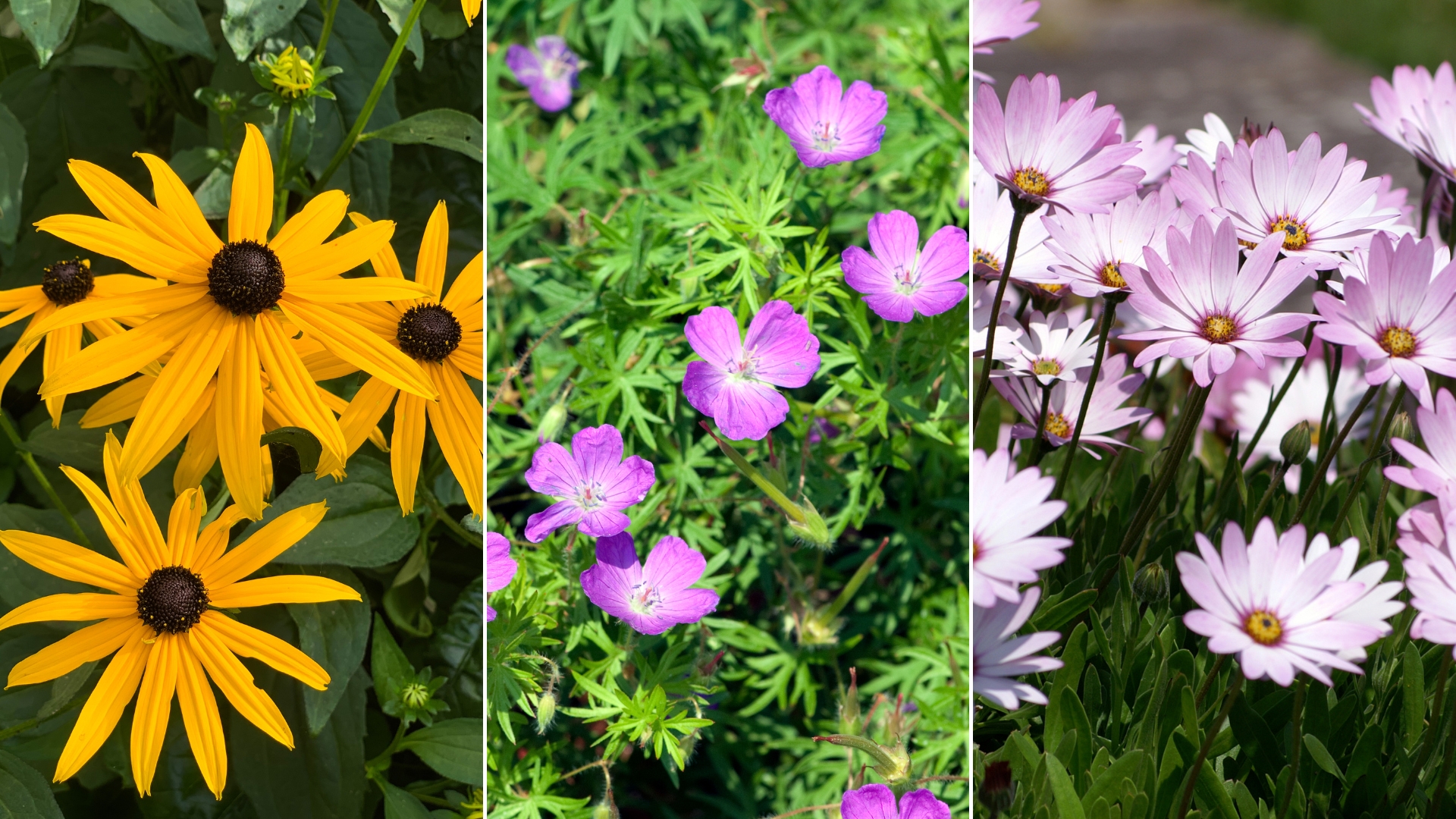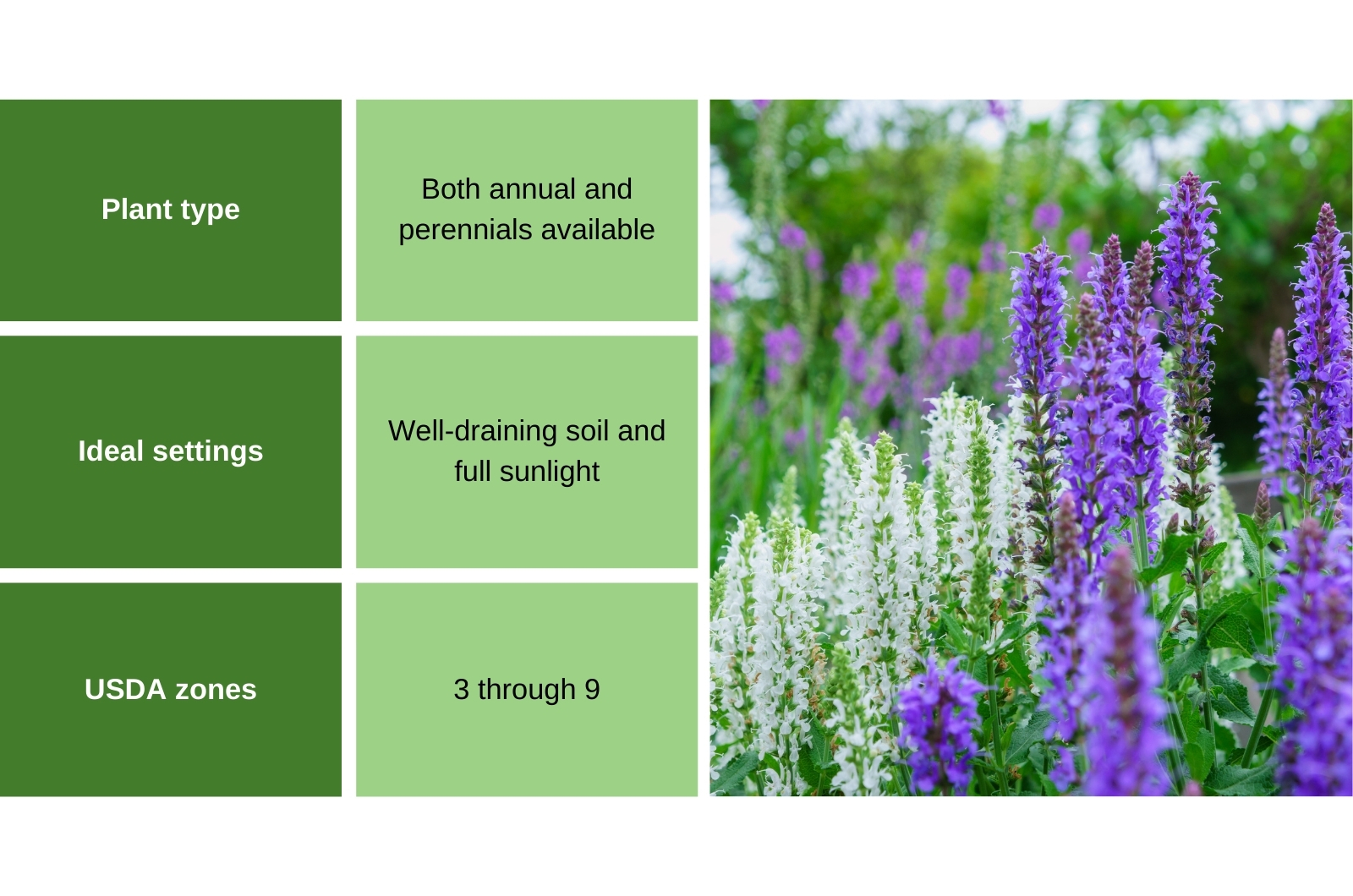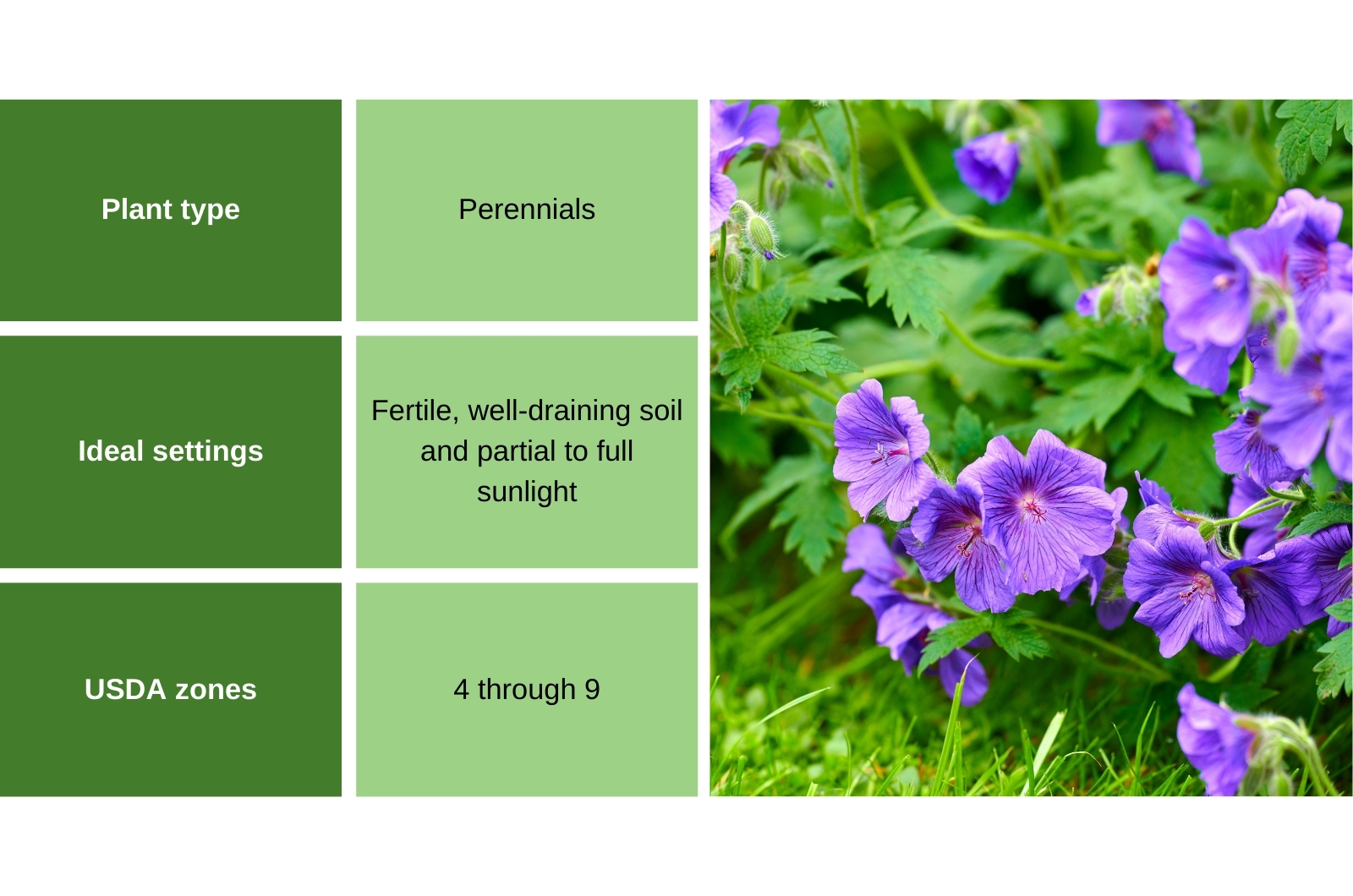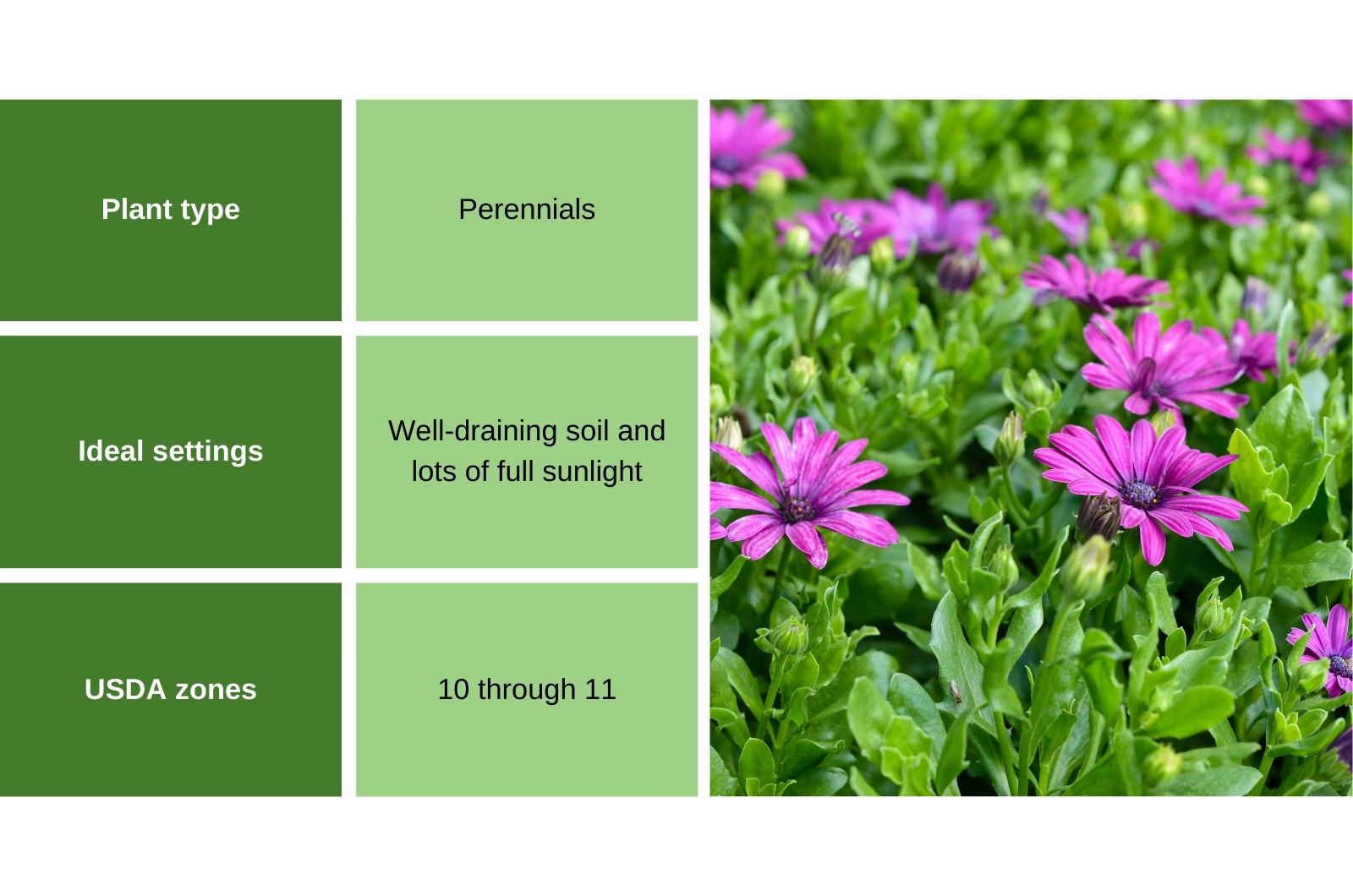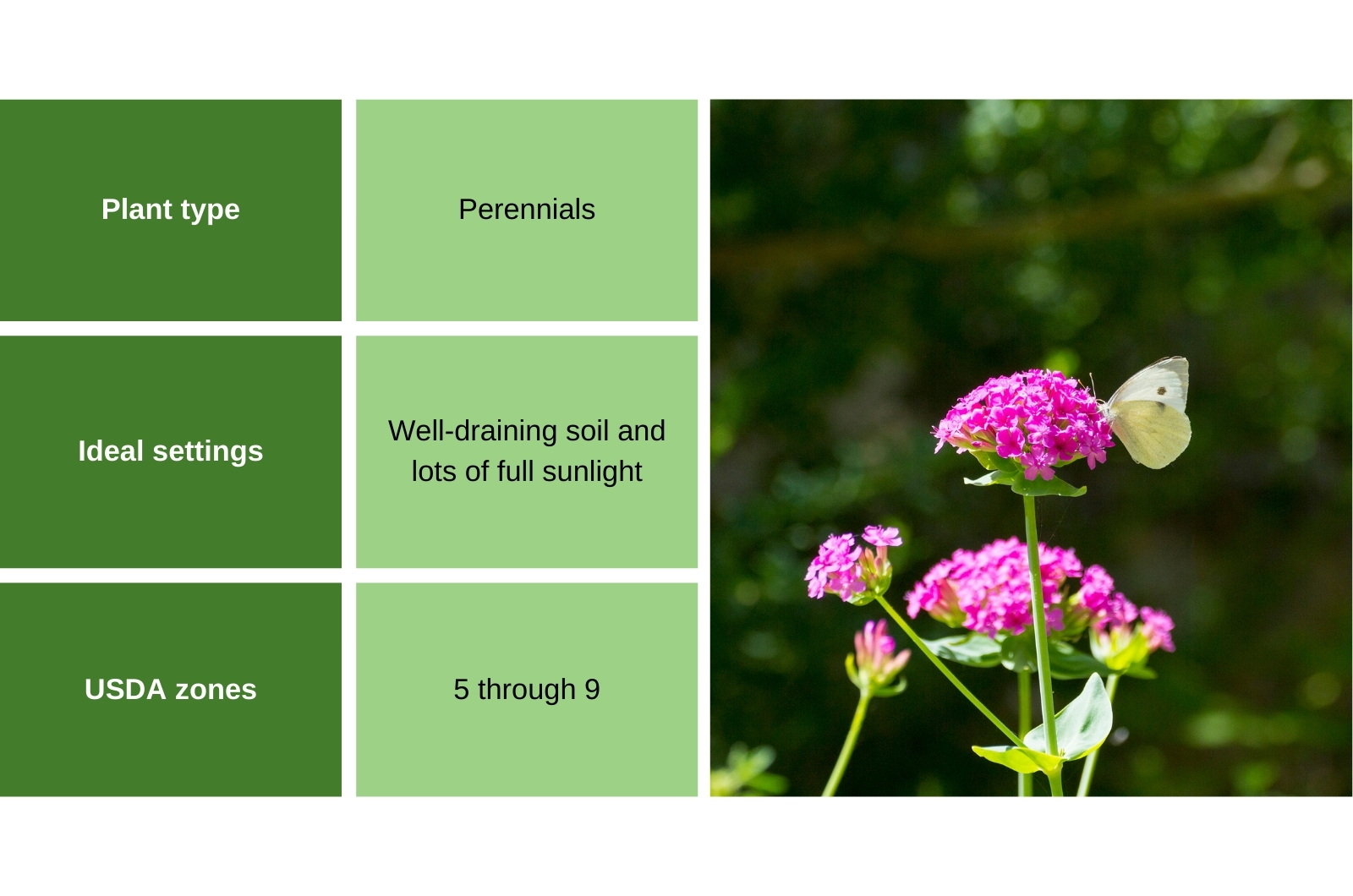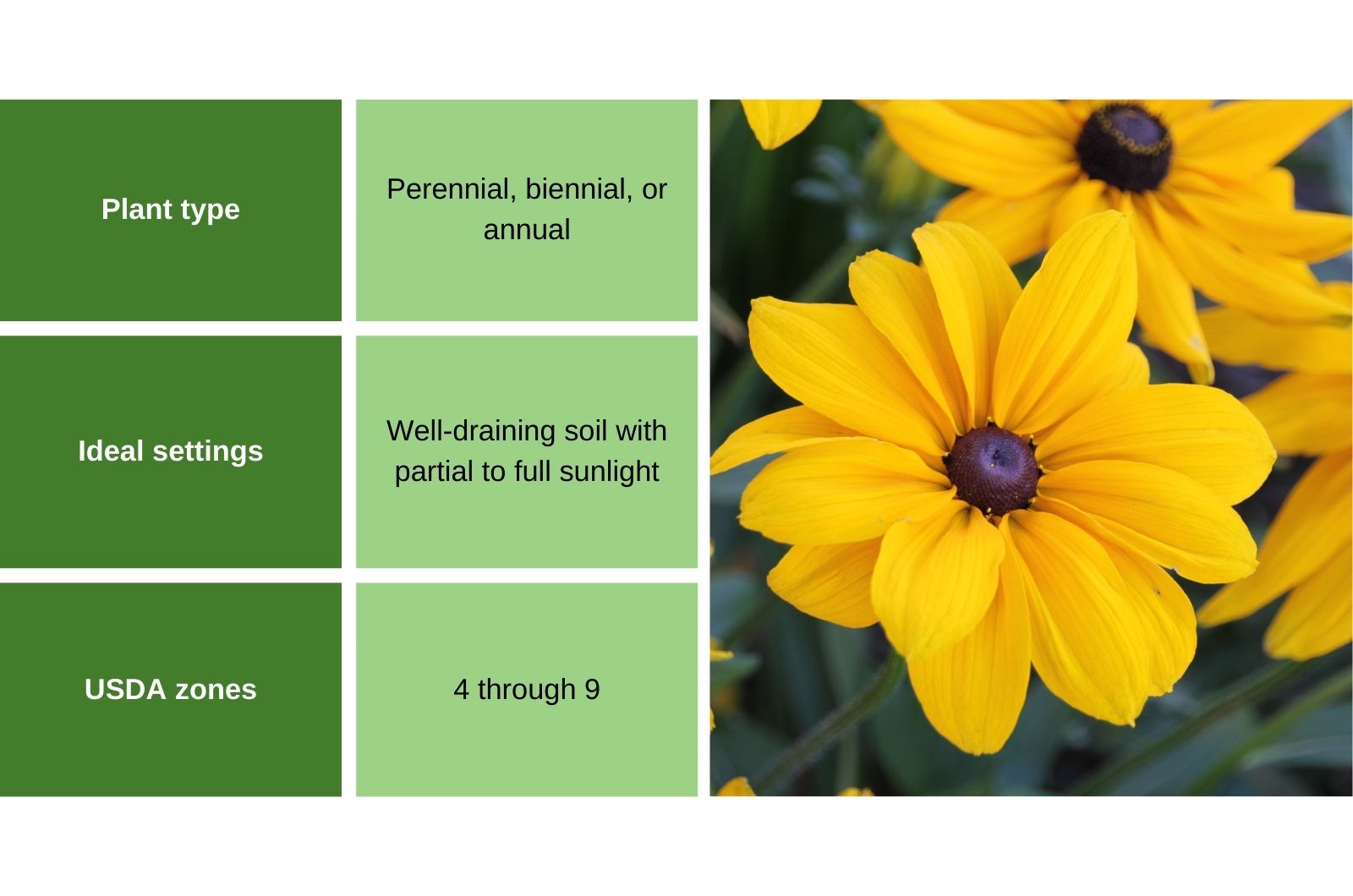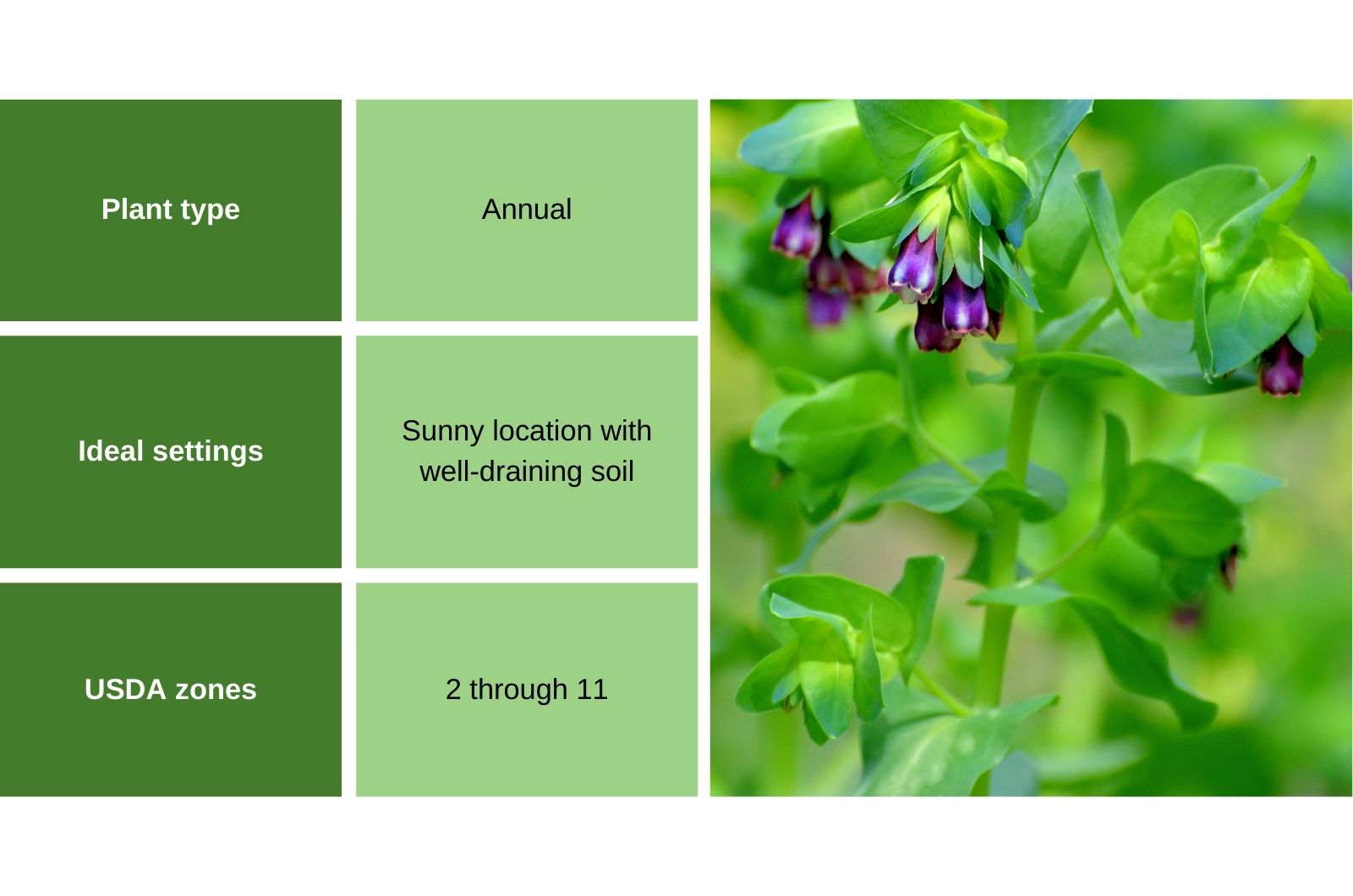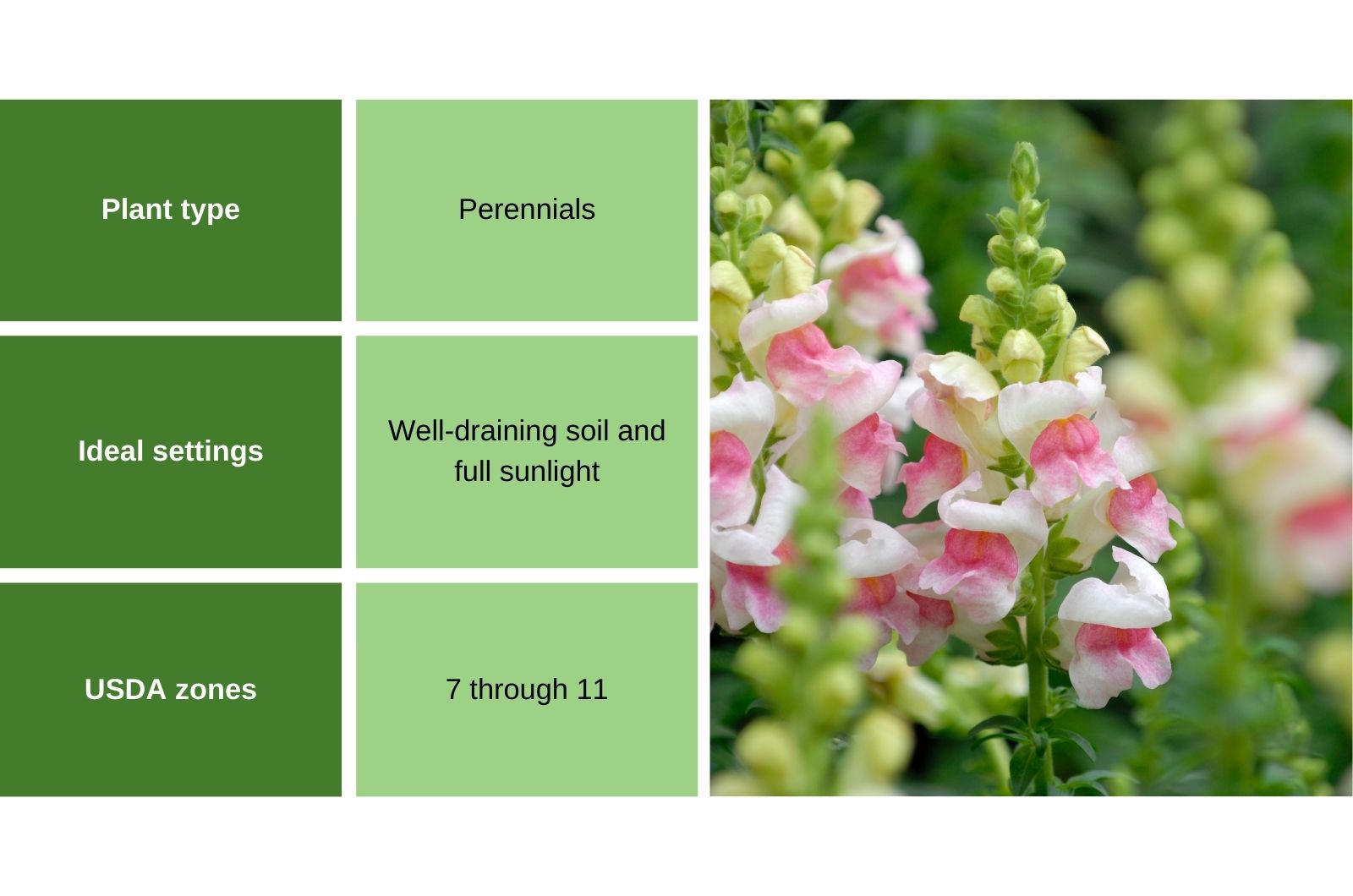Start your garden early by sowing flowers in February!
Biennials, annuals, and perennials can all be sown this early, but you have to consider the climate in your region. Remember, seeds need warmth and light to germinate, so put them in a greenhouse or on a warm and bright windowsill.
Pick the right soil for your plants and you’ll get to enjoy a long-lasting flower display in the garden, bursting with color and healthy blooms throughout the season.
1. Salvia
Salvia, otherwise known as sage, is a hugely popular plant that produces striking spikes of flowers in various colors, from vibrant reds to calming blues.
Both annual and perennial types are available, and they can adorn your garden with their long-lasting, fragrant flowers from late summer to late fall.
Start your salvias early by sowing the seeds indoors – put the seeds in pots filled with compost and sprinkle some more compost or vermiculite over them. They need temperatures between 70 to 75 degrees Fahrenheit and moist soil in order to germinate and grow.
Put the seedlings in individual pots and let them grow until the weather gets warmer.
Related: Problems With Salvias And How To Solve Them
2. Hardy Geraniums
Hardy geraniums are found on the list of flowers that bloom year round – these five-petaled flowers come in many shades and have a plethora of benefits to the garden. They look great in cottage gardens and flower beds, but you can also use them as ground cover plants.
Don’t confuse them with pelargoniums, which are actually annual geraniums.
You can buy young hardy geraniums in garden centers or nurseries, but you can also grow them from seeds. Plant their seeds in February, making sure that the temperatures are between 70-75°F and that the soil is moist.
These hardy geranium seeds should germinate in about 10 days.
This might be useful: 2 Ways Of Saving Geraniums In Fall And Keeping Them Alive During Winter
3. Osteospermum
Osteospermum, or African daisies, are delightful perennials that feature vibrant, daisy-like flowers in an array of colors, including shades of pink, purple, and white. These cheerful blooms can be added to flower beds to make them more vibrant and pollinator-friendly.
Their seeds can be planted undercover from February to May – sow them in pots or trays with compost. Cover them lightly because they need a lot of light to germinate. The ideal temperature for osteospermum seed germination is between 60 and 70 degrees Fahrenheit.
Many gardeners use a propagator or plastic bag to help with germination. After two weeks, the seeds will germinate and young plants should be transplanted into individual containers once they’re large enough.
4. Silene
Silene is a genus of attractive wildflowers known for their clusters of small, star-shaped flowers that come in many shades. Most are grown for ornamental purposes, but they are also used for attracting pollinators and beneficial insects to the garden.
These flowers can be sown in the fall or in the early spring because they require colder temperatures in order to germinate and grow. You can also put silene seeds in the fridge for a couple of weeks to trigger germination.
You should thinly plant the seeds in pots or trays filled with a fine compost. Be patient because seeds may take some time to germinate. Once they do, keep young plants at around 65 degrees Fahrenheit before planting them outside.
5. Black-Eyed Susans
Rudbeckia, commonly known as Black-eyed Susan, is a popular perennial plant known for its flowers with golden-yellow petals and dark centers. These flowers last from summer through fall, bringing a classic and cheerful vibe to gardens.
Plant seeds thinly, approximately a quarter of an inch deep, in pots or trays. To raise the temperature and accelerate germination, you can use a propagator or a plastic bag. Ideal temperatures for rudbeckias are between 65 to 70 degrees Fahrenheit.
Put each seedling in its own pot and then transplant them outdoors once the temperature gets warmer.
6. Cerinthe
Cerinthe, also known as Honeywort, produces unique, blue-green foliage and tubular, purple-blue flowers that are perfect for borders.
This hardy annual is usually sown indoors from February to April and then transplanted outdoors, but some also sow it in the fall so that they can overwinter and produce early blooms.
You should soak the seeds 12 hours before planting them because this simple trick can help them to germinate. Next, scatter cerinthe seeds all over the area and lightly cover with vermiculite or compost.
After planting the seeds, you should keep them in temperatures between 65 and 75 degrees Fahrenheit – expect germination within a couple of weeks.
7. Snapdragons
Snapdragons, also known as Antirrhinums, are hardy perennials that feature tall spikes adorned with vibrant, dragon-shaped flowers in a spectrum of colors.
Seeds can be sown indoors in the fall or outdoors in a greenhouse or on a sunny windowsill starting in February and continuing through early April. Sprinkle some on the surface of compost, and don’t cover them because they need light to germinate.
Just like for the abovementioned flowers, you can use a propagator or a clear plastic bag to give them warmth and induce propagation. Pot the seedlings once they’re large enough and put them outdoors once the risk of frost has passed.

